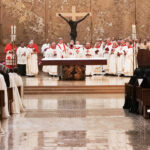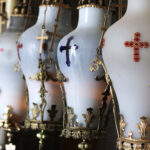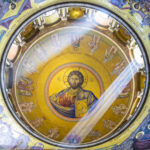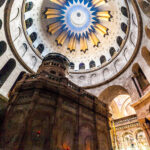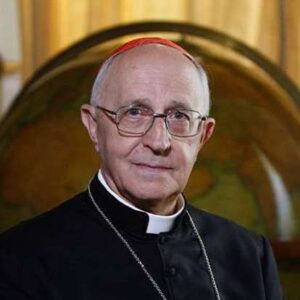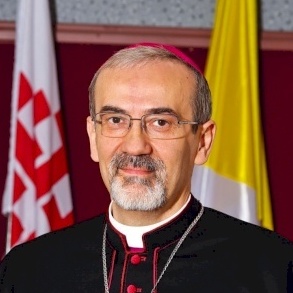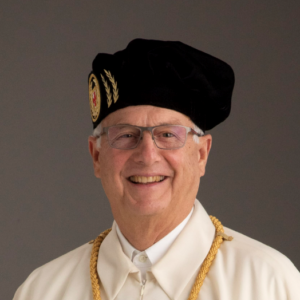
About the Order
Learn about our Origins, History, Mission and Governance.
Present day
Knights and Dames continue this tradition through prayer and pilgrimage, active involvement in their parish and diocese and a commitment of financial resources to support Catholic Institutions in the Holy Land.
For the Holy Land
The Equestrian Order of the Holy Sepulchre of Jerusalem is the only lay institution of the Vatican State charged with the task of providing for the needs of the Latin Patriarchate of Jerusalem and of all the activities and initiatives to support the Christian presence in the Holy Land.
Areas of Support
Financial contributions by members of the Order are used throughout the Archdiocese of Jerusalem, which includes Israel, the Palestinian Territories, Jordan and Cyprus. Areas of support:
- Parishes, churches and community centers
- Convents, seminaries and seminarians
- Clinics and hospitals
- Parish grade schools, high schools and Bethlehem University
- Humanitarian assistance for food and medical supplies
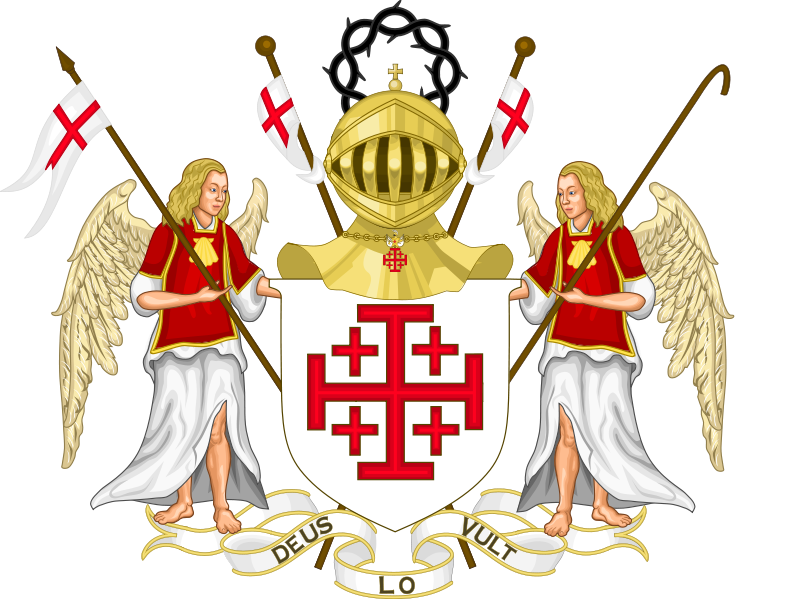
What is the EOHSJ?
It is through the dedication of our members that we support and educate our brothers and sisters in the Holy Land, living by example the command to love and serve.
The Order’s members included armed knights chosen from the crusader troops for their qualities of valor and dedication; they vowed to obey Augustinian Rule of poverty and obedience and undertook specifically, under the command of the King of Jerusalem, to defend the Holy Sepulchre and the Holy Places.
Very soon after the First Crusade the troops began to return to their homelands. This led to the creation of priories all over Europe, which were part of the Order.
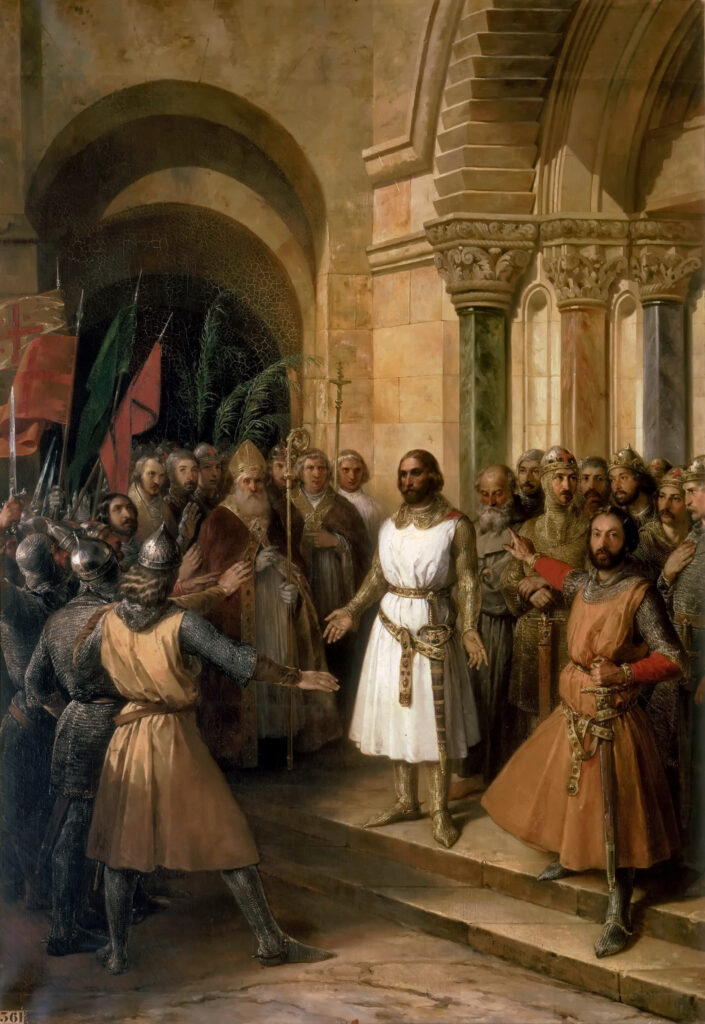
The Order first began to fail as a cohesive military body of knights after Saladin regained Jerusalem in 1182, and completely ceased to exist in that format after the defeat of Acre in 1291. The passing of the Christian Kingdom of Jerusalem left the Order without a leader, though it continued to survive in the European priories thanks to the protection of sovereigns, princes, bishops and the Holy See. The priories kept alive the ideals of the Crusader Knights: propagation of the Faith, defense of the weak, charity towards other human beings. With the exception of events in Spain, it was only rarely that the Knights of the Holy Sepulchre ever took part again in military action to defend Christianity.
The Custos of the Holy Land was in charge of appointing the Knights of the Holy Sepulchre from 1486 to 1847. The Investiture took place during the night on Calvary, in secret.
In the 14th century, the Holy See made an extremely high payment to the Egyptian Sultan so that he would grant the right to protect the Christian Sanctuaries to the Franciscan Friars Minor. Throughout the whole period of the Latin Patriarchate’s suppression, the right to create new Knights was the prerogative of the representative of the highest Catholic authority in the Holy Land: the Custos.
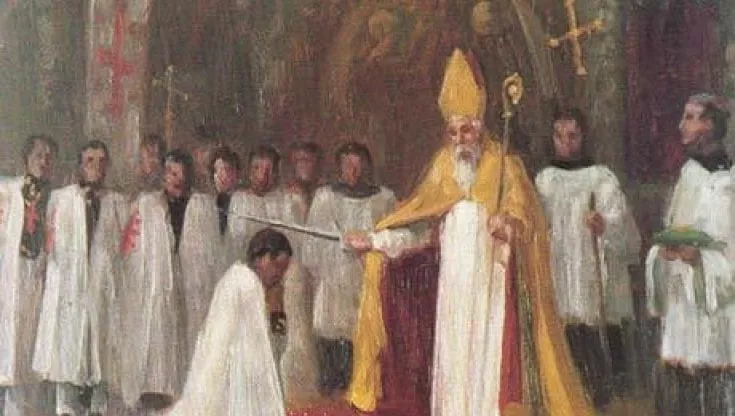
In 1847 the Patriarchate was restored and Pope Pius IX modernized the Order, issuing a new Constitution which placed it under the direct protection of the Holy See and conferred its government to the Latin Patriarch. The Order’s fundamental role was also defined: to uphold the works of the Latin Patriarchate of Jerusalem, while preserving the spiritual duty of propagating the Faith.
In 1949, Pius XII decreed that the Grand Master of the Order should be a Cardinal of the Holy Roman Church and assigned the position of Grand Prior to the Patriarch of Jerusalem. In 1962 Pope John XXIII and, in 1967, Pope Paul VI reorganized and revitalized the Order by adding more specific regulations to the Constitution with the intention of making the Order’s activities more co-ordinated and more effective.
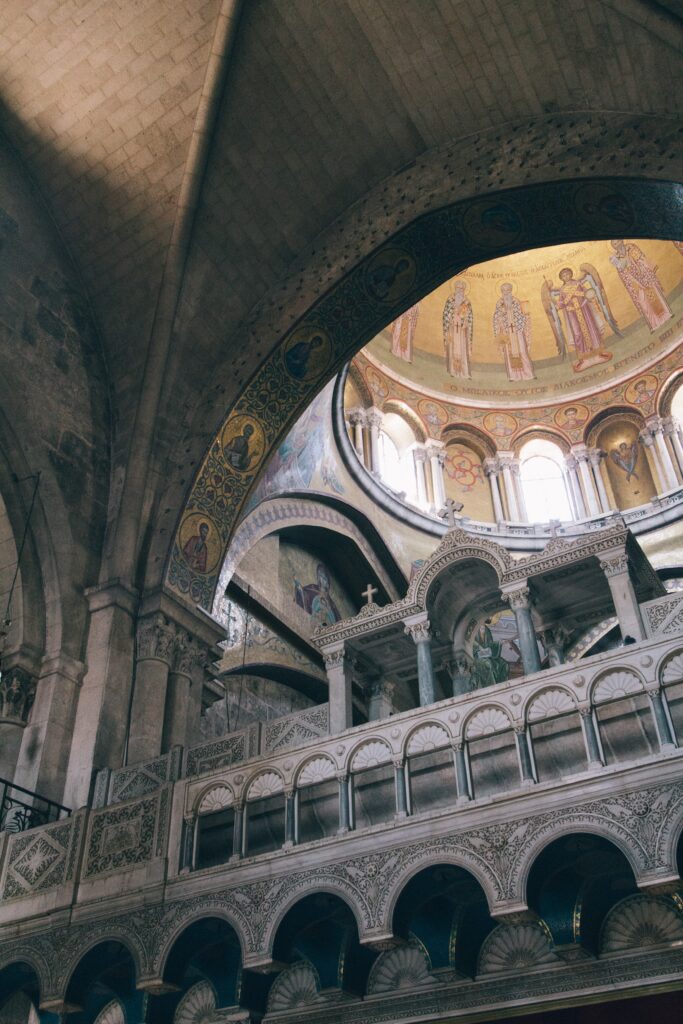
In February 1996, the Supreme Pontiff John Paul II enhanced the Order’s status. Today it is a Public Association of faithful with a legal canonical and public personality, constituted by the Holy See under Canon Law 312, paragraph 1:1.
Over and above its historic connotations and its eventful progress in times gone by, the valuable and interesting aspects of the Order today lie in the role assigned to it, which it pursues within the sphere of the Catholic Church and through its administrative structure and its local organizations in various communities.
The Order is divided geographically into 52 Lieutenancies and Magistral Delegations in 33 countries. The Lieutenancy is governed solely by the Lieutenant, who is appointed by the Grand Master, and who reports directly to the Governor General in Rome. The Lieutenant is assisted by a Council.


